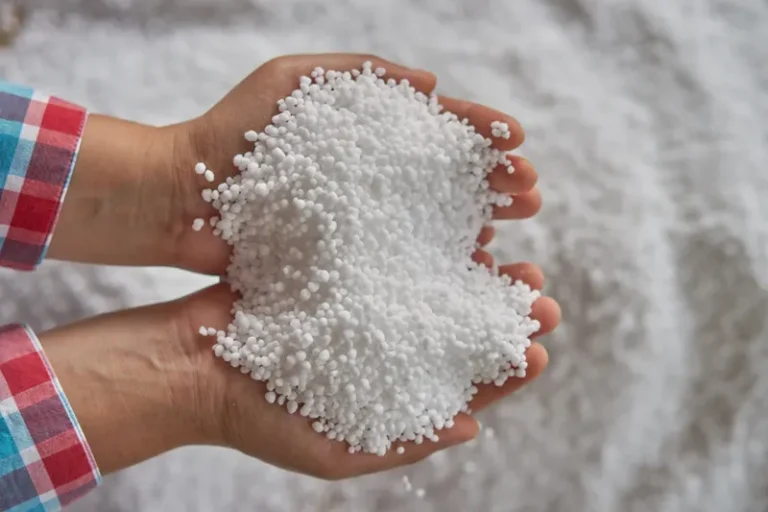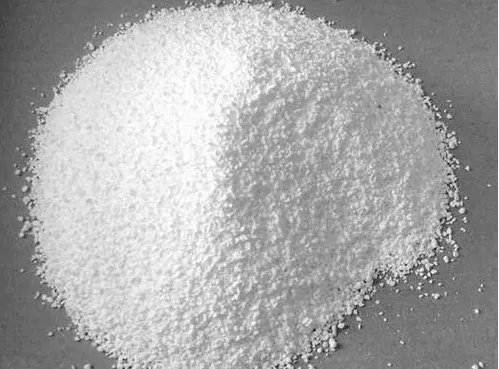Blog
A retarder is a substance added to concrete mixtures to slow down the hydration process of cement. It is an essential chemical admixture in concrete, which can delay the initial setting time of concrete and prolong the workability of complex pouring, hot weather pouring, or long-distance transportation.
Understanding the various types of retarders in concrete can help construction professionals make informed decisions for their projects. This article will explore the main types, properties, and applications of retarders.
There are many types of cement retarders, which can be divided into two categories: organic and inorganic. Organic retarders mainly include sugars and carbohydrates (such as derivatives of starch and cellulose) and hydroxycarboxylic acids (such as citric acid, tartaric acid, gluconic acid, and their salts). In contrast, inorganic retarders mainly include soluble borates and phosphates.
Organic retarders have two main characteristics. Firstly, their usage is minimal, typically ranging from a few tens of thousands to a few hundred-thousandths of that of cement cementitious materials. Secondly, improper use can cause a decrease in the final strength of concrete or cement mortar.

Sugar and its derivatives, such as glucose and sucrose, are also effective retarders. They adsorb on the surface of cement particles and slow down the formation of hydration products and the setting of concrete by interfering with the diffusion of water to the cement particles.
The benefits of using sugar-based retarders include their relatively long retarder period and the ability to improve the plasticity of concrete, making it more ductile and easier to use. Compared to other types of reducers, they are also an economical and efficient choice. However, like other organic retarders, they are highly sensitive to dosage. Even small changes in the amount of addition can lead to inconsistent setting times. Overuse can lead to significant strength loss, which may be a major issue in the application of structural concrete.
Sugar-based retarders are commonly used in small construction projects, such as residential buildings and small commercial developments, which require a balance between retarders and costs.
Hydroxylated carboxylic acids and their salts are one of the most commonly used organic retarders in concrete. Lactic acid and its sodium salt, sodium lactate, are the best examples. These retarders inhibit the normal hydration process by adsorbing onto the surface of cement particles, forming a thin film. By preventing the rapid formation of calcium silicate hydrate (C-S-H) gel, the main bonding phase in concrete, they effectively delay the setting time.
A significant advantage of lactic acid-based retarders is their relatively mild corrosion inhibition effect, which can be easily adjusted by changing the dosage. They also exhibit good compatibility with most types of cement, making them a universal choice for various concrete applications. In addition, they can improve the workability of concrete and reduce the possibility of segregation and bleeding. However, excessive use of these retarders can lead to a significant decrease in early strength, and high temperatures may have a negative impact on their performance.
Lactic acid and sodium lactate retarders are commonly used for large-scale concrete pouring, such as in dams, foundations, and large-volume floor slabs.

Citric acid and its salts, especially trisodium citrate, are potent organic retarders. Their mode of action involves chelation with calcium ions in cement slurry. By forming stable complexes with calcium, they can prevent the precipitation of calcium hydroxide and other hydration products, thereby delaying the setting of concrete.
The main advantage of citric acid-based retarders is their strong buffering ability, which makes them suitable for situations that require a long delay in setting. They can also improve the durability of concrete by altering its microstructure. However, they are highly sensitive to dosage. Even a small excess can lead to a severe decrease in concrete strength, not only in the early stages but also in the later stages of concrete development. In addition, they may not be fully compatible with certain types of admixtures, which may lead to compatibility issues in concrete mixtures.
These retarders are typically used for projects carried out in hot climates or for pouring complex concrete structures that require extended working hours. For example, in the construction of complex, large-scale building facades, citric acid-based retarders can provide the necessary time to ensure accurate pouring and shaping of concrete.
The characteristics of inorganic retarders are large dosages and unstable effects.

Phosphates and phosphoric acid are important inorganic retarders. They react with calcium ions in cement slurry to form insoluble calcium phosphate compounds. These compounds cover the surface of cement particles and act as a barrier to prevent further hydration, thereby delaying the setting of concrete.
Phosphate-based retarders have several advantages. They provide a reliable delay effect, especially in high-temperature environments, which can accelerate the normal hydration process of cement. They also have a positive impact on the long-term strength development of concrete. However, one of the drawbacks of using phosphates is that they can cause concrete discoloration, which may be a problem in applications where the appearance of concrete is important. In addition, high doses of phosphate can increase the water demand of concrete mixtures, which may affect their workability and strength.
These retarders are commonly used in road and bridge construction, where high-temperature resistance and long-term durability are key factors. For example, in the construction of concrete pavement in hot areas, phosphate based retarders can help control the setting time, ensuring the correct pouring and finishing of concrete.

Borates, such as sodium borate, act as retarders by interacting with the hydration products of cement, mainly calcium hydroxide. They form a complex with calcium hydroxide, slowing down the overall hydration process and delaying the solidification of concrete.
The use of borates as retarders provides some unique benefits. They provide effective delay and, due to their chemical properties, can also improve the fire resistance of concrete. However, compared to many organic retarders, borates may be relatively expensive. Their compatibility with certain types of cement and other admixtures may also be limited, which may pose challenges in formulating concrete mixtures.
Borates are commonly used in applications where fire resistance is a critical requirement, such as in the construction of industrial facilities, warehouses, and buildings with specific fire safety regulations.
A mixed retarder is formulated by combining two or more different types of retarders (usually organic retarders and inorganic retarders). The goal of creating a mixed retarder is to leverage the advantages of each component and mitigate their respective drawbacks. For example, a mixture of mild organic delay agents such as lactic acid and inorganic delay agents such as phosphate compounds can provide a more balanced and customizable delay effect.
The benefits of using mixed retarders include improved temperature resistance, more consistent control of setting time, and reduced negative impact on strength development. They can be customized according to the specific requirements of different construction projects. However, the formulation of mixed retarders requires careful research and testing to ensure consistency in performance. There may also be compatibility issues between different components in the mixture, which need to be carefully addressed.
Mixed retarders are commonly used in complex construction projects, such as large urban development projects, which require consideration of various factors, including different environmental conditions, concrete mix design, and construction progress.
In summary, the selection of retarders in concrete construction is a crucial decision that depends on various factors, including project requirements, environmental conditions, and the characteristics of the cement and other admixtures used. Each type of retarder has its unique performance, advantages, and limitations. By understanding these, engineers and contractors can choose the most suitable retarder to ensure the smooth completion of concrete construction projects, achieving the required workability, strength, and durability of concrete.

What are the safety precautions for operating polycarboxylate superplasticizers?
Blog What are the safety